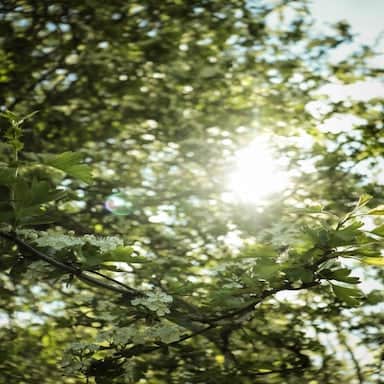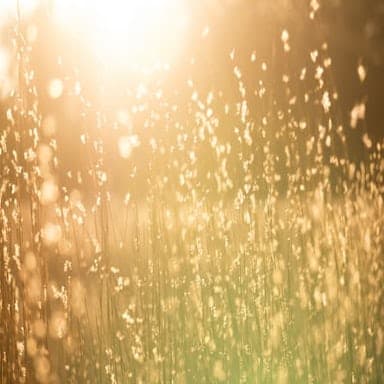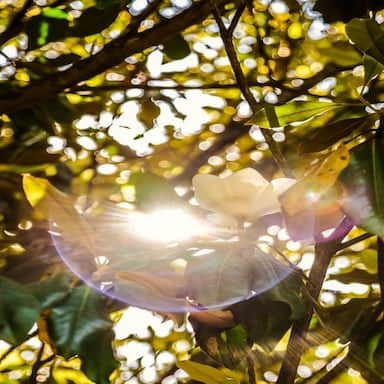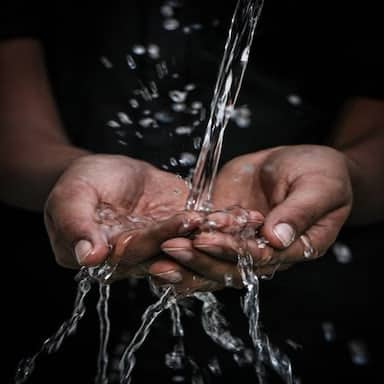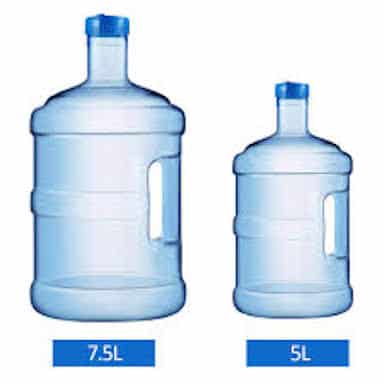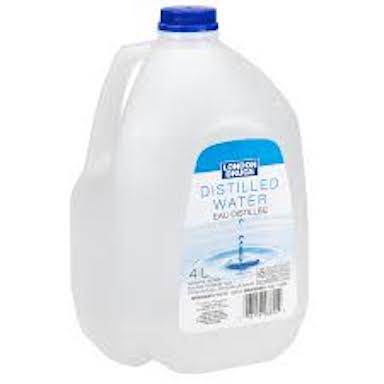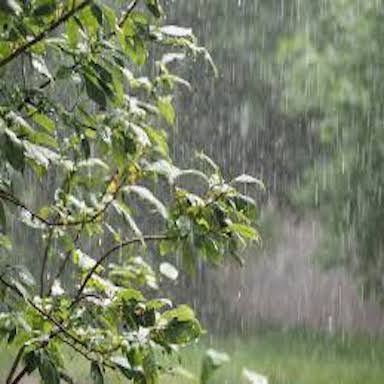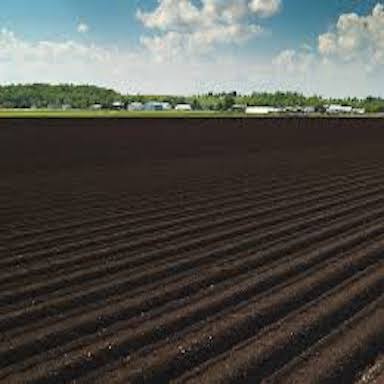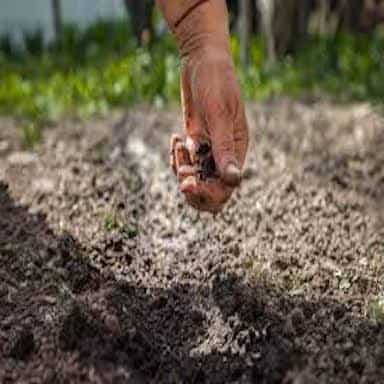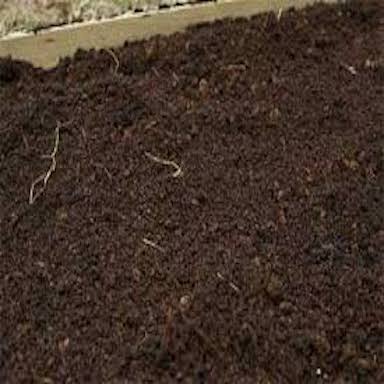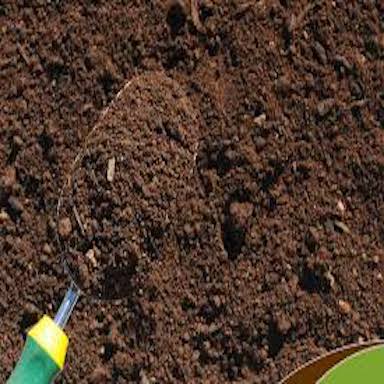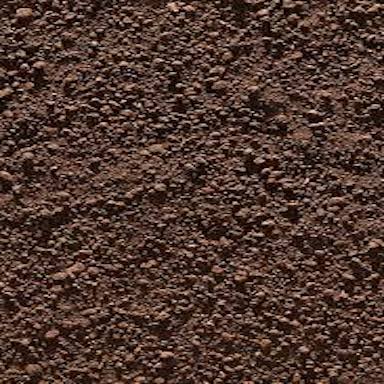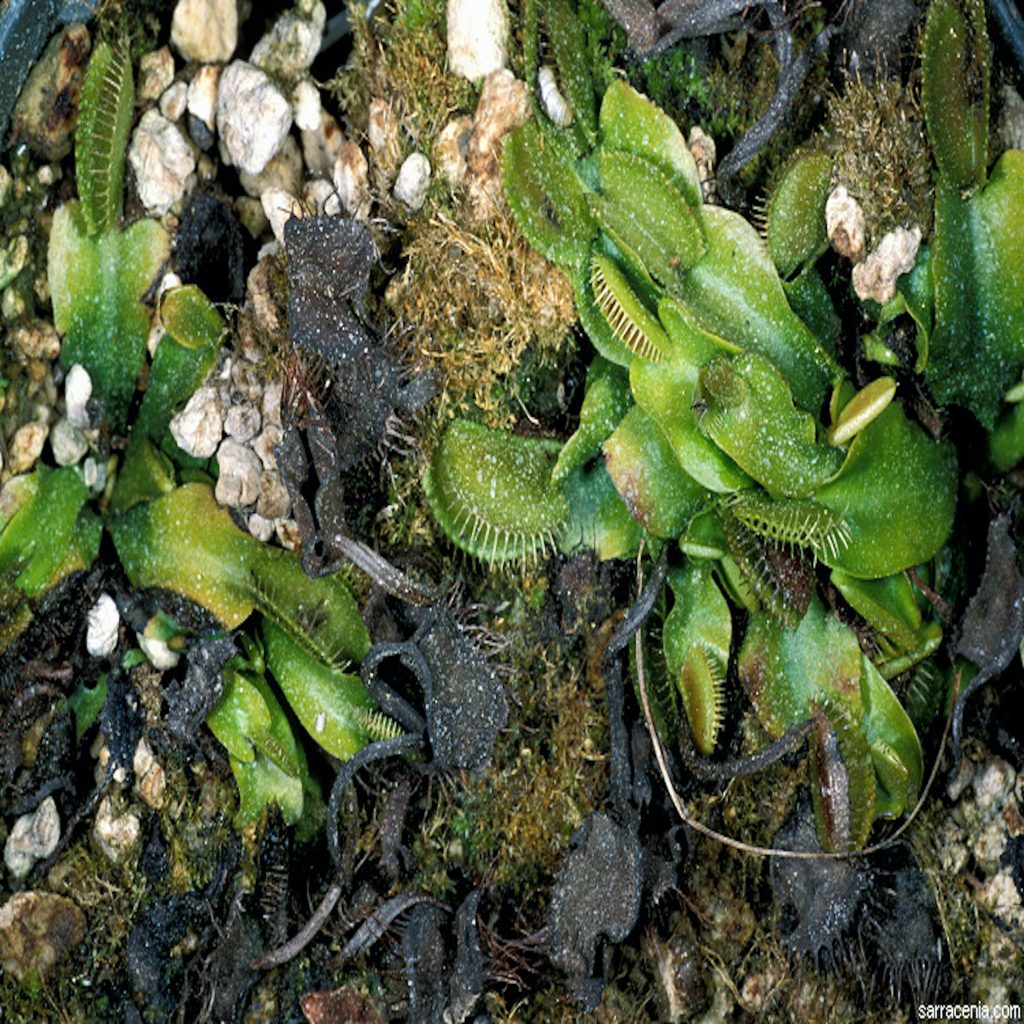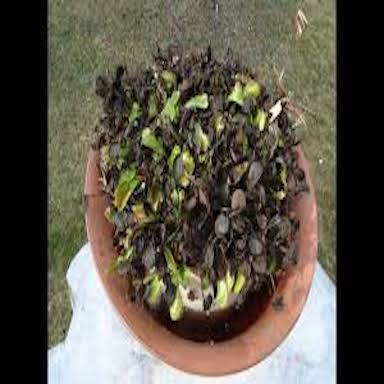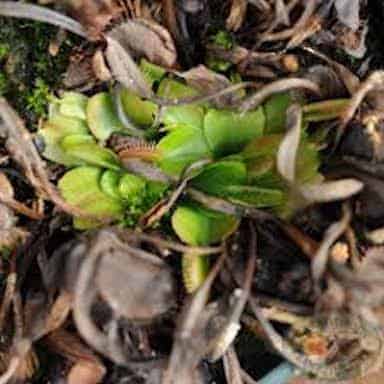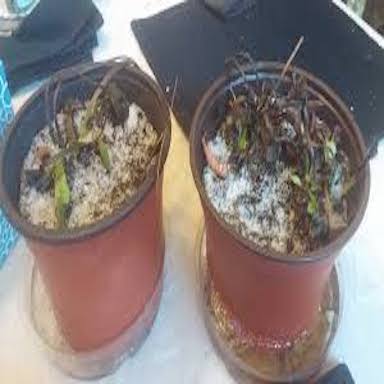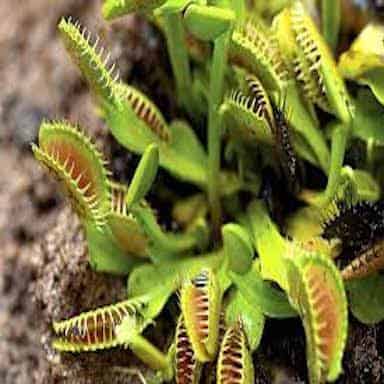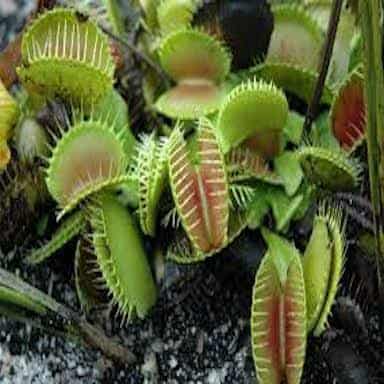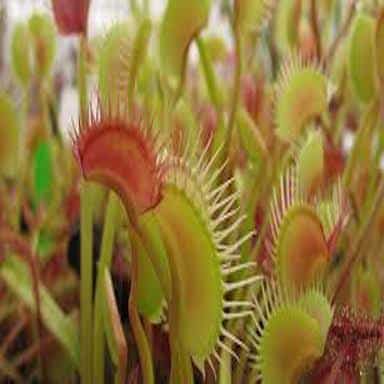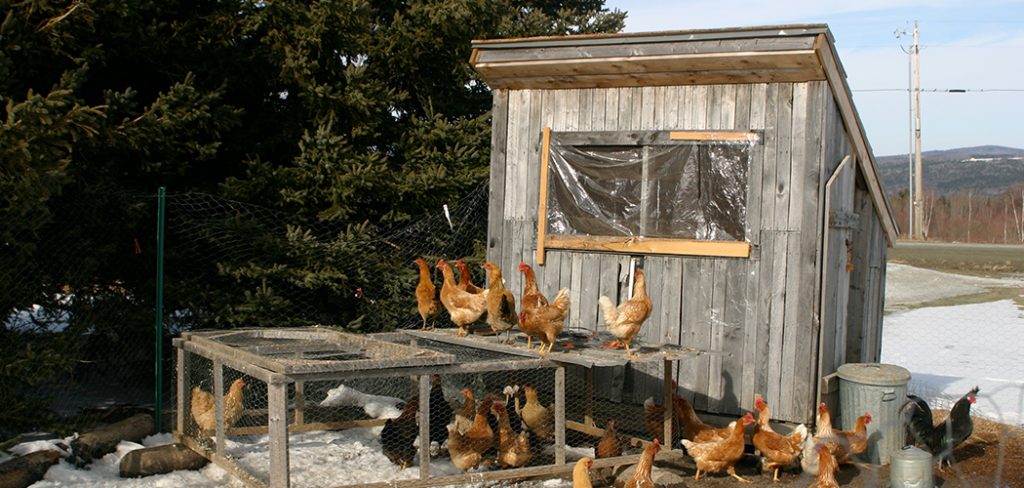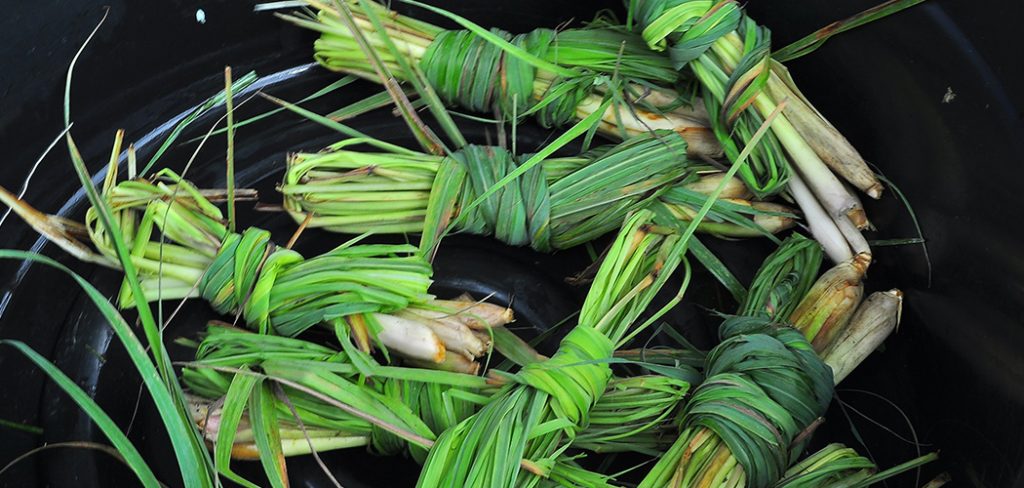Venus Flytrap, scientifically known as Dionaea muscipula, is a perennial carnivorous type of plant from the Sundew family or Droseraceae. Venus Flytrap is a native of North and South Carolina, and this plant is usually found in a damp and a mossy area. It is a photosynthetic plant that uses the proteins from nitrogen-rich animals to survive in a marginal condition of the soil. For this plant to keep being healthy, it is necessary to have the following needs.
Sunlight
A considerable amount of light is necessary for this Venus Flytrap. It should get a minimum of four hours of direct sunlight daily. More than these hours is ideal sunlight.
So, if you will grow your Flytrap, plant it in an area where it can get this amount of light. Sunlight is good food with water. However, you can feed it with insects.
Water
Water is a necessity not only for people but also for plants. Flytrap requires rainwater, distilled water, or reverse osmosis type of water. Tap water is not good, so do not use it. You can use a TDS or Total Dissolved Solid meter in testing the tap water to check whether it is usable for this plant or not.
The measurement requires 50 parts per million or less. Some growers use a water TDS measurement that has between 50 and 100 ppm. However, it requires a regular repotting to avert the mineral build-up on the soil.
Another thing, make sure to keep Venus Flytrap wet all the time. You may use a tray to set the water near the plant for about an inch away.
Soil
Venus Flytrap needs a good type of soil. So, it would help if you used organic soil nutrients for poor soil so that Venus Flytraps can grow healthy. The regular potting soil will kill the plant because it burns the roots.
Do not put any fertilizers to the Venus Flytrap because this medicine will burn the roots of the plant and will likely result in a dead plant. Some gardeners who are experts in raising Flytrap to use a diluted fertilizer by applying it to the Flytrap’s leaves.
If you are a beginner grower of a Venus Flytrap, it will be risky for you to try this step, but you can still do so with extreme care.
Dormancy
It is a hardy perennial plant to grow. It grows and blooms in the Spring and Summer, but it will die in the Winter. Naturally, it grows dormant in the fall if you plant it outside. This plant can stand light freezes and frost, but an extended period of freezing can kill Venus Flytrap.
To survive for a long time, it has a dormancy period yearly that usually lasts from three to four to five months. Experienced Venus Flytrap growers report a minimum of 10 weeks of dormancy. It is the shortest dormancy period that a Venus Flytrap can have.
It may sound surprising, but the dormancy period is also a good thing because, without it, this plant will weaken and eventually die.
Taking these four essential factors into consideration, you will be able to grow a healthy Venus Flytrap in your sustainable backyard garden like the pictures below.
Check my other post on sustainable farming.
